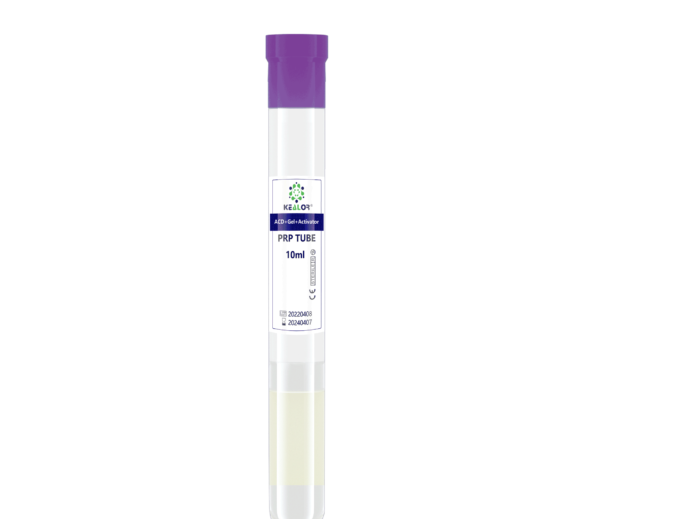Platelet-rich plasma (PRP) is a concentration of platelets and growth factors derived from your own blood, which has been used in various medical fields such as orthopedics, sports medicine, and dermatology. PRP can be used to stimulate tissue repair, improve healing, and reduce inflammation.
Here is a step-by-step guide on how to activate PRP:
Step 1: Preparation
The first step is to prepare the patient’s blood for PRP activation. This is done by drawing a small amount of blood from the patient’s arm (typically between 10-60 mL, depending on the procedure). The blood is then placed in a centrifuge machine and spun at a high speed for 5-10 minutes to separate the platelets from the other blood components.
Step 2: Activation
Once the platelets have been separated, they need to be activated to release growth factors and cytokines. There are several methods for activating PRP, including:
Thrombin: This is a natural clotting agent that is commonly used to activate PRP. Thrombin can be added to the PRP mixture to cause the platelets to clump together and release growth factors.
Calcium Chloride: This is another common activator that is used to cause the platelets to release growth factors. Calcium chloride can be added to the PRP mixture to activate the platelets.
Collagen: This is a natural protein that is found in many tissues throughout the body. Collagen can be used to activate PRP by providing a surface for the platelets to adhere to and release growth factors.
Step 3: Application
Once the PRP has been activated, it can be applied to the affected area. This is typically done using a needle or syringe, and the PRP can be injected directly into the tissue or applied topically to the skin. The application method will depend on the specific treatment being performed and the area of the body being treated.
Step 4: Recovery
After PRP treatment, patients may experience some mild swelling, bruising, or soreness at the injection site. This is normal and should subside within a few days. Patients should avoid strenuous activity and direct sunlight for a few days after treatment to allow the PRP to fully take effect.
In conclusion, PRP activation is a simple procedure that involves preparing the patient’s blood, activating the platelets, and applying the PRP to the affected area. PRP can be used to treat a variety of medical conditions, and its natural healing properties make it a safe and effective treatment option for many patients. If you are interested in PRP treatment, consult with a qualified healthcare provider to discuss your options and determine if PRP is right for you.
How to Activator PRP
Contact Us For Test samples
Our team is here to help you find what you need. Let’s get you connected today.

Quick Quotation
Related Articles
About Chronic Pain Chronic pain affects millions worldwide, significantly impacting daily life and overall well-being. Traditional treatments Physiotherapy methods (sound waves, photothermal radiation, vibration, etc.) are usually used, often fall short in providing long-term relief. However, emerging therapies like Platelet-Rich Plasma (PRP) and Peptide Therapy offer promising alternatives. About PRP Therapy for Chronic Pain … PRP vs Peptide Therapy for Chronic Pain
Introduction to Platelet-Rich Therapies Explore the revolutionary world of platelet-rich therapies, understanding how these advancements have redefined wound care and what makes Autologous Matrix of Platelet-Rich Fibrin (PRF) stand out. Understanding Wound Care Delve into the complexities of wound healing, the importance of effective care, and how innovative treatments are changing patient outcomes. What is … Autologous Matrix of Platelet-Rich Fibrin in Wound Care
Introduction to PRF and PRP Exploring the revolutionary advancements in dental regenerative therapies, this article compares Platelet-Rich Fibrin (PRF) and Platelet-Rich Plasma (PRP), shedding light on their uses, benefits, and which stands out as the superior choice in modern dentistry. Understanding PRP: Basics and Benefits Delve into the world of PRP, its extraction process, and … PRF vs PRP in Dentistry: Which One is Better
PRP & Needle specialists
Fast Links
Kealor is a professional supplier for medical consumables, medical devices, aesthetic product.
We always endeavors to popularize PRP therapy in various fields such as Dermatology, Plastic surgery, Orthopedics, Neurosurgery, and so on.







